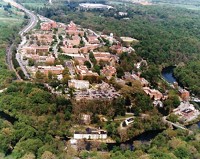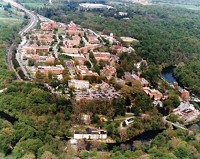Advertisement
Grab your lab coat. Let's get started
Welcome!
Welcome!
Create an account below to get 6 C&EN articles per month, receive newsletters and more - all free.
It seems this is your first time logging in online. Please enter the following information to continue.
As an ACS member you automatically get access to this site. All we need is few more details to create your reading experience.
Not you? Sign in with a different account.
Not you? Sign in with a different account.
ERROR 1
ERROR 1
ERROR 2
ERROR 2
ERROR 2
ERROR 2
ERROR 2
Password and Confirm password must match.
If you have an ACS member number, please enter it here so we can link this account to your membership. (optional)
ERROR 2
ACS values your privacy. By submitting your information, you are gaining access to C&EN and subscribing to our weekly newsletter. We use the information you provide to make your reading experience better, and we will never sell your data to third party members.
Polymers
C&EN CENTENNIAL
From the archives: The 1920s
We capture the moment in 1928 that Wallace Carothers leaves Harvard for DuPont
by Alexander H. Tullo
March 25, 2023
| A version of this story appeared in
Volume 101, Issue 10

In the 1920s, C&EN—then called Industrial and Engineering Chemistry, News Edition—was dedicated almost entirely to the practical needs of industrial chemists. Most of the content was notices about new equipment and books, advertisements for upcoming symposia, and short announcements of chemists who were changing jobs. In the March 20, 1928, issue, the lead story—“St. Louis as an Industrial Center”—ballyhoos the city’s access to railroads. That same issue carries a small notice of a job change that would have enormous consequences for the chemical industry and beyond. It states that Wallace H. Carothers was hired away from Harvard University to join E. I. du Pont de Nemours and Company (now called DuPont) at the Experimental Station in Wilmington, Delaware. A chemist leaving academia to conduct basic research at a company was a watershed for the maturation of industrial R&D. And the appointment was a milestone in the evolution of synthetic polymers. At DuPont, Carothers invented nylon 6,6, which the company immediately put to use as a substitute for silk in stockings and later as a military parachute material. His team also conducted key research on polyester and neoprene rubber.






Join the conversation
Contact the reporter
Submit a Letter to the Editor for publication
Engage with us on Twitter